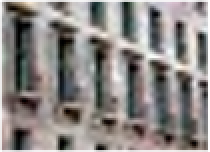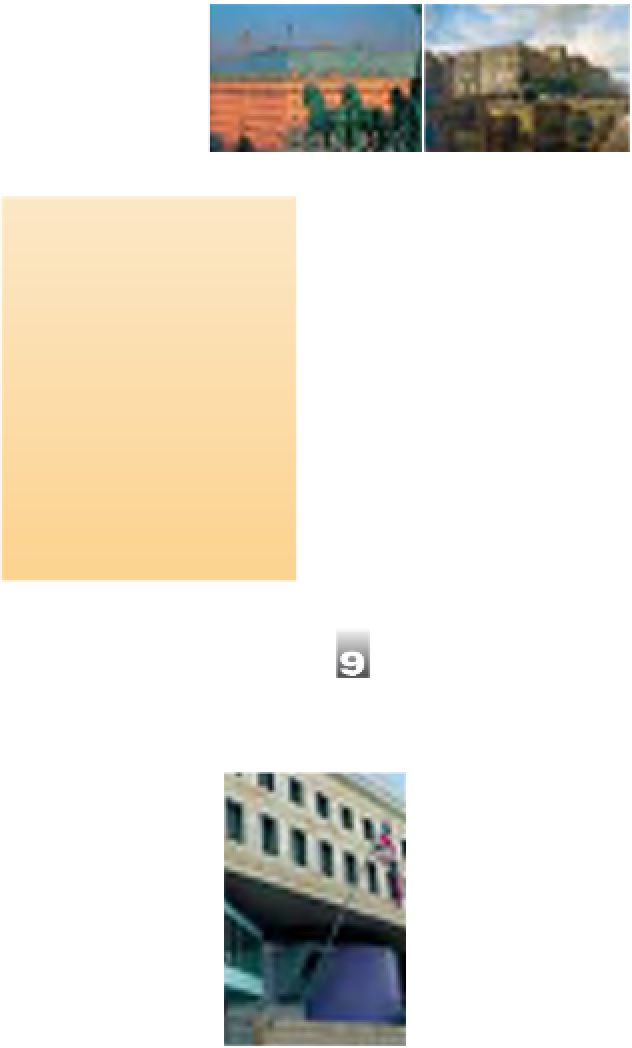Travel Reference
In-Depth Information
Left
The former Ministry of Aviation, Wilhelmstraße
Centre
Hotel Adlon
Right
Stadtschloss
corner of Vossstraße and Wil-
helmstraße. It was blown up in
1945. Behind the Reichskanzlei
was the so-called “Führerbunker”
where Adolf Hitler committed
suicide on 30 April 1945 (today it
is a playground). Of the historic
buildings, only the former
Reichsluftfahrtministerium (Min-
istry of Aviation) remains. Today,
Wilhelmstraße is lined by modern
office buildings; and the British
Embassy, built in 2000 by
Michael Wilford, creates a link
with the international importance
of this street.
d
Between Unter den
Linden and Leipziger Str.
•
Map K/L3
Nazi Architecture
One of few surviving examples of
the monumental architectural
style favoured by Fascists is the
former Reichsluftfahrtministerium
(Ministry of Aviation), commis-
sioned by Hermann Göring in
1935-6 from Ernst Sagebiel. At
the time, the monotonous sand-
stone building was the world's
largest and most modern office
block,strengthened by steel gird-
ers against aerial attack. After
reunification, the Treuhandanstalt
was based here; today it houses
the Federal Ministry of Finance.
Wilhelmstraße
In imperial Berlin, the centre
of the German Empire's govern-
mental power was based in Wil-
helmstraße. Around 100 years
later, nothing remains of the
prestigious historic
buildings which repre-
sented the equivalent
of No. 10 Downing
Street in London or
Quai d'Orsay in Paris.
All political decisions
were made at Wilhelm-
straße: both Chancellor
(No. 77) and President
(No. 73) of the German
Reich lived here in old
town houses. Their gar-
dens became known
as “ministerial gardens . Adolf
Hitler had the street systemati-
cally developed into the nerve
centre of Nazi power. The Neue
Reichskanzlei (the Chancellor's
office) was built in 1937-9 to
plans by Albert Speer, at the
Schlossplatz
Today Schlossplatz seems
deserted, but once the Stadt-
schloss (town residence) of the
Hohenzollerns stood here. It was
blown up by the East
German government in
1950-51, and today
just a few historic
fragments of the
original remain.
The debate about the
reconstruction of the
palace began in the
early 1990s and, in
1993, a spectacular
model was built; how-
ever the costs are pro-
hibitive and make it
unlikely that this venture will
ever succeed. Remains include
the façade of the doorway where
Karl Liebknecht supposedly pro-
claimed the Socialist Republic in
1918. The portal has been incor-
porated into the former Staats-
British Embassy,
Wilhelmstraße
11 6









